Do you want to use email remarketing to drive more sales and grow your business?
With email remarketing (also known as email retargeting), you can send more relevant and enticing offers and reminders to your leads and customers.
How? By using the information you already have about your customers to target them more precisely.
A lot of potential customers make short visits to your website and then disappear forever. But what if you could capitalize on more of those lost opportunities and get more business?
In this article, I’ll show you when and how to use email retargeting to attract and retain more customers. I’ll also share some best practices along with 4 examples of real-life email remarketing campaigns.
- What Is Email Remarketing?
- Why You Should Use Email Remarketing
- 4 Examples of Email Remarketing Campaigns
- Email Retargeting Best Practices
What Is Email Remarketing?
Email remarketing is a strategy of sending personalized email marketing campaigns to subscribers and customers using the information you have about them. Generally, marketers send these retargeting emails based on a user’s behavior, such as:
- Their purchase history
- Products they’ve browsed or added to their cart
- Their engagement level with previous emails
- Other activity on your website
You’ve already reached these leads with your marketing efforts. Now you can use remarketing emails to retarget them with more precise messaging.
For instance, your retargeted emails can:
- Remind customers about products in their cart
- Encourage new leads to purchase items they’ve looked at
- Make upselling and cross selling suggestions based on products customers have bought
- Re-engage customers who haven’t interacted with your site or emails recently
How do you gather this information on each user’s activity on your website? The most common way is through browser cookies, which track users’ online activity.
A cookie is a small file dropped in your browser when you visit a website. It’s the same kind of file that’s used to keep items in your shopping cart when you leave and return to Amazon. Website owners can use cookies for all kinds of marketing strategies.
For instance, at OptinMonster, we use cookie-based onsite retargeting to help you show more relevant popup offers based on a visitor’s previous behavior.
These cookies also make email remarketing possible. They let you better understand your customers’ interests, so you can create personalized email campaigns, featuring more enticing offers and products.
Why You Should Use Email Remarketing
Remarketing emails target leads who have already shown interest in your brand. There are a few situations where email retargeting can have a huge impact, including:
- When you have a high rate of shopping cart abandonment.
- When you want to encourage visitors to purchase items they’ve browsed.
- When you want to tailor promotions to email subscribers who signed up through a lead magnet.
Now, let’s look at those email retargeting scenarios in a bit more detail.
Recover Abandoned Carts
Around 70% of shoppers abandon their carts, according to the latest aggregated results from the Baymard Institute. This may happen because they’re still comparing prices and are not ready to buy, or because the price doesn’t match their expectations.
Ultimate GuideShopping Cart Abandonment: Definition, Data, & How to Regain Lost Revenue
But smart retailers can recover some of those lost sales with abandoned cart emails, one of the most important forms of email retargeting.
According to email marketing data from Klaviyo, abandoned cart emails have an average open rate of 53.57%. They also boast these excellent metrics:
- 6.25% click rate, compared to 1.44% for all email campaigns
- 3.31% conversion rate, compared to 0.08% for all email campaigns
- $3.45 in revenue per recipient, compared to $0.10 for all email campaigns
In fact, Klaviyo finds that abandoned cart emails have the highest revenue-per-recipient among all the types of emails they monitor.
For more inspiration, see our list of effective abandoned cart email examples.
Get Browsing Visitors’ Attention
Abandoned cart emails are effective because they remind visitors of products they are highly interested in. You can use the same strategy to remind visitors of products they looked at on your site.
According to the same study from Klaviyo, here are the email marketing metrics for “browse abandonment” emails:
- 57.41% open rate
- 5.26% click rate
- 0.81% conversion rate
- $0.86 revenue per recipient
You set up these types of email retargeting campaigns through email automation. That means once you just put in the up-front work, your marketing automation workflow runs on its own. Then, you can sit back and reap the benefits.
Send Marketing Emails Based on Each Subscriber’s Lead Magnet
If you have a strong email marketing strategy, you probably already offer special incentives, known as lead magnets, to encourage website visitors to sign up for your email list. Popular lead magnets include:
- Coupon codes or special discounts
- Free ebooks or downloadable PDF guides
- Product demos or webinars
OptinMonster makes it easy to grow your email list with lead magnets. With our industry-leading lead generation software, you can create popups, floating bars, inline forms, and other onsite campaigns.
You can have a lead magnet campaign up and running on your site in minutes, using our 100+ premade templates and easy drag-and-drop builder.
OptinMonster integrates with your email service provider, making it easy to send targeted emails based on the lead magnet your subscriber signed up with. Examples include:
- Sending reminders to use their coupon code and make their first purchase
- Recommending products or services related to the ebook or guide they downloaded
- Sending follow-up emails about product demo requests to move them through your sales funnel
All of these examples require a strong strategy for collecting email addresses on your website. And the best tool to do that is OptinMonster!
4 Examples of Email Remarketing Campaigns
Now that you understand the benefits of this strategy, let’s take a look at some email remarketing examples that you can take inspiration from.
1. Abandoned Cart Email from Target
An effective abandoned cart email strategy should go beyond a single reminder email. You should also send emails whenever an item in a user’s cart goes on sale. Target does just that in this email retargeting example. If cost was the customer’s reason for abandonment, then a lower price is likely to win the sale.
2. Coupon Reminder (& Product Reminder) from Pajamagram
Pajamagram offers a lead magnet of a $10 discount to get website visitors to sign up for their email list. During the first few days after signing up, subscribers get several emails reminding them to use their discount. The emails also feature products that the visitor has recently viewed.
If your eCommerce business offers lead magnet discounts, don’t just assume that users will remember to buy. Remarket to them with reminder emails.
3. Product Recommendation Email from West Elm
West Elm sends emails reminding users of products they’ve browsed on their site. But they don’t stop there! They also include a “Top picks for you” section, featuring similar items.
4. Seller Re-Engagement Email from Mercari
Mercari, a selling platform, uses email remarketing to re-engage sellers who haven’t posted any new listings in a while. They also sweeten the deal with an incentive: a $10 bonus for their next sale.
Email Retargeting Best Practices
As you get started with your remarketing emails, here are a few tips and best practices to help you succeed.
1. Collect Customer Data from the Start
Want an effective email remarketing strategy? Make sure you’re collecting data from your very first interactions. That’s why OptinMonster’s email optin campaigns are so valuable: You can easily keep track of when, how, and why each subscriber signed up.
Get started with OptinMonster today, risk-free with our 14-day money-back guarantee!
2. Segment the Audience
Once you’ve got that data, create audience segments so you can set up your remarketing campaigns. Most email marketing services offer robust tools for segmentation.
In fact, email list segmentation is vital to any email marketing strategy, as it helps you make all of your email campaigns more relevant and targeted.
3. Always Have a Clear Goal
Always have a clear idea of what you want to achieve from each retargeting campaign. Are you trying to get your subscribers to buy a specific product? Or do you just want to encourage them to browse your website again?
4. Craft Strong Subject Lines
As with any email campaign, your 1st goal is convincing subscribers to open your emails. That means your subject lines are of the highest importance. We have a couple of resources to help:
- 184 Best Email Subject Lines and Why They Work
- 15 Best Practices for Email Subject Lines That Can Boost Open Rates
5. Create Compelling CTAs
Remember your campaign goals? Use those to set a specific call-to-action (CTA) in your email. Subscribers should always have a clear idea of where they should click and what you’re asking of them.
Send Remarketing Emails & Grow Your Business
I hope you’ve found this guide to email remarketing helpful. Now you know what it is and why you should use it, and you’ve seen effective examples along with best practices.
Want to learn about other types of retargeting marketing, besides email? Here are some resources:
- Retargeting Best Practices + What It Is and Why You Need It
- How to Use Onsite Retargeting to Boost Conversions
- Case Study: How Olyplant Increased Pageviews 157% Using Onsite Retargeting
But as for email remarketing, it all starts with a great email list. OptinMonster is the best software available to create a segmented list that’s perfect for your retargeting efforts.

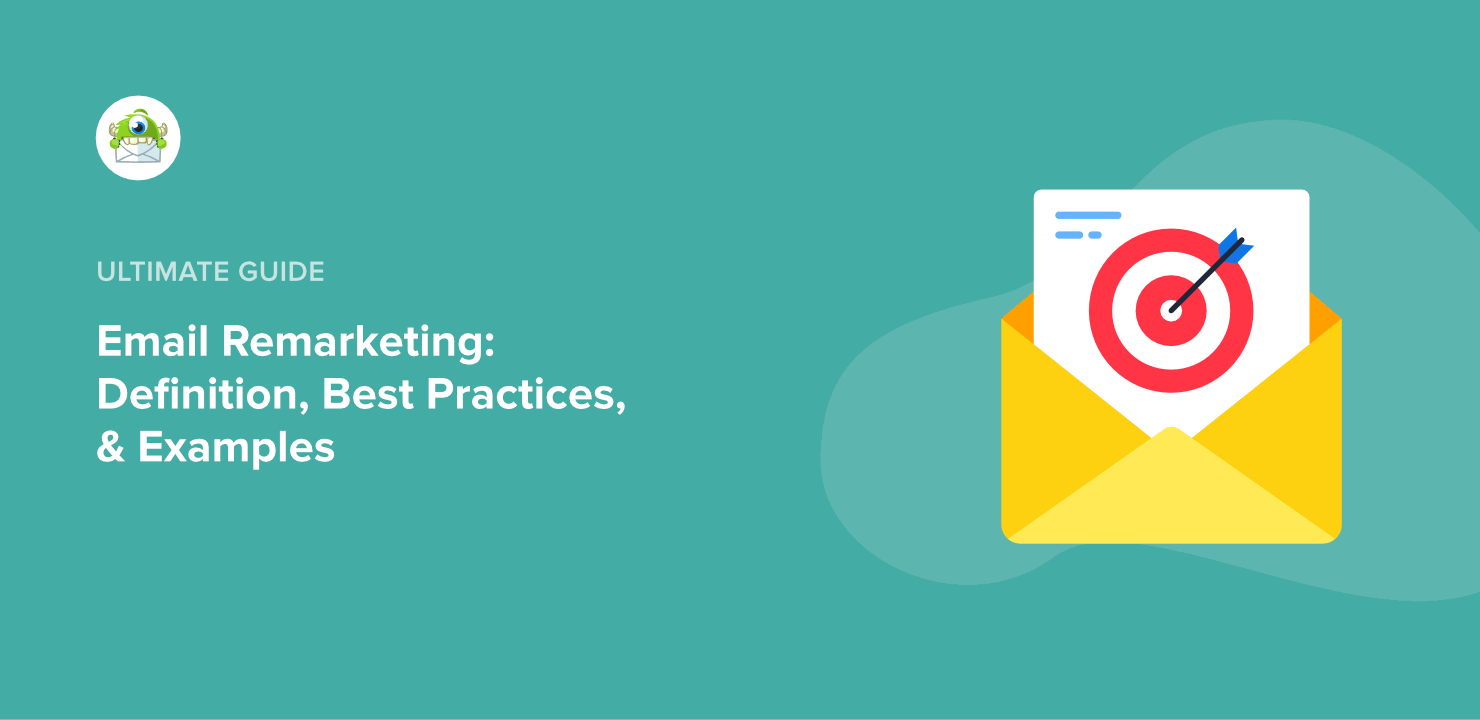
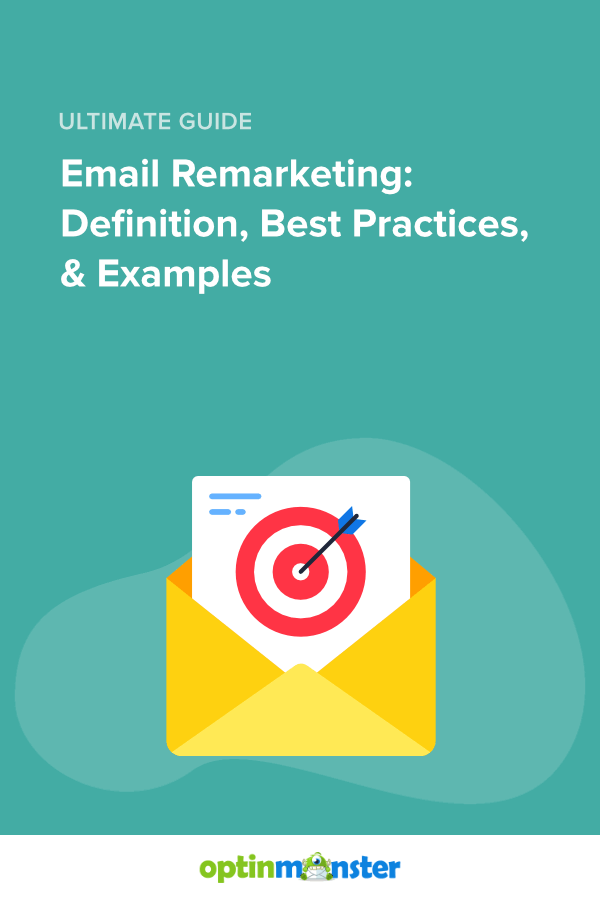
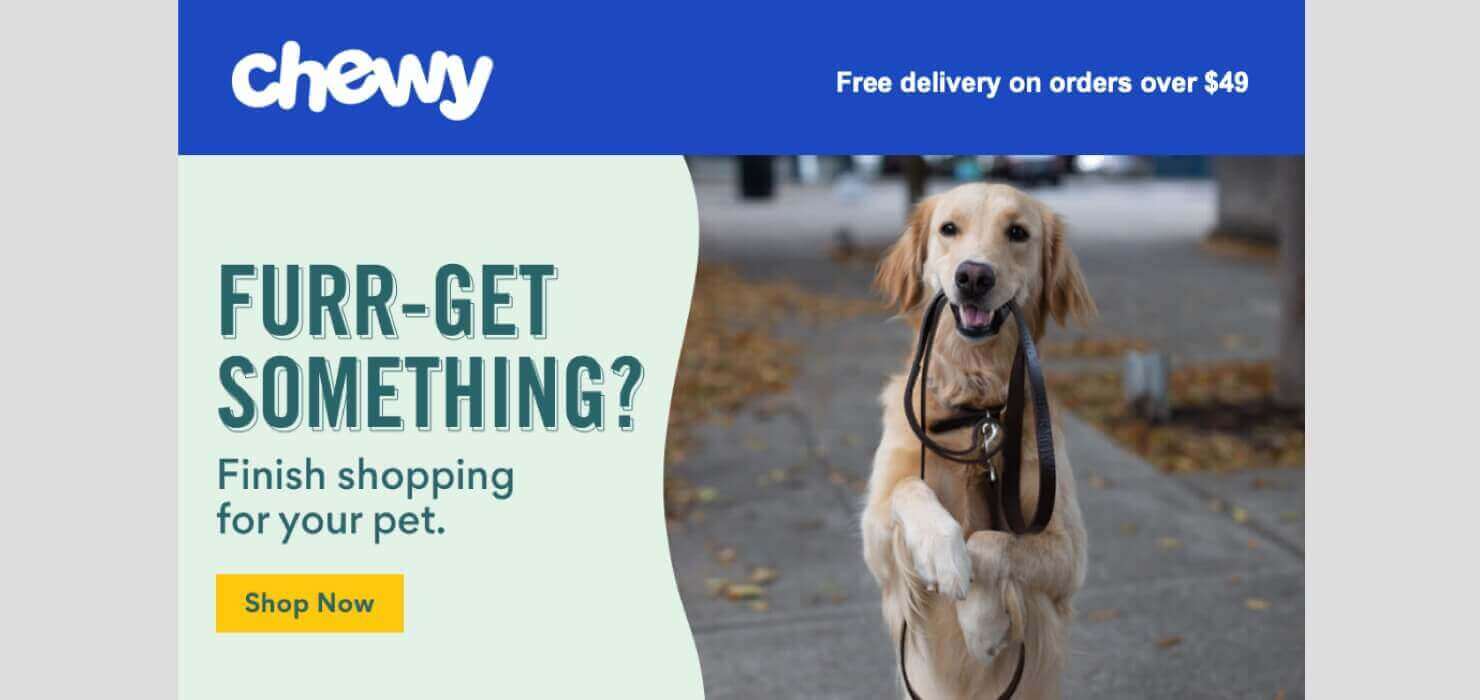
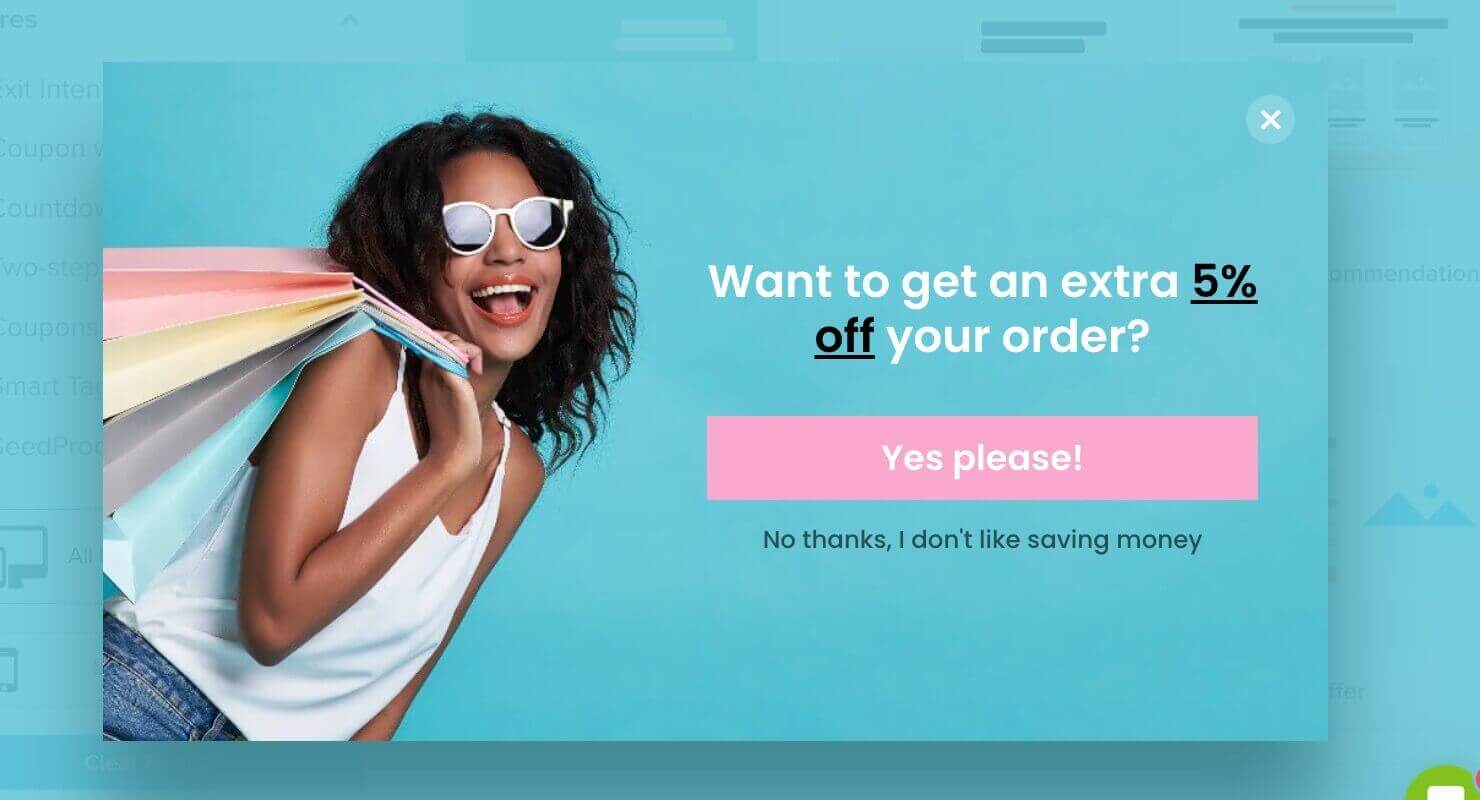

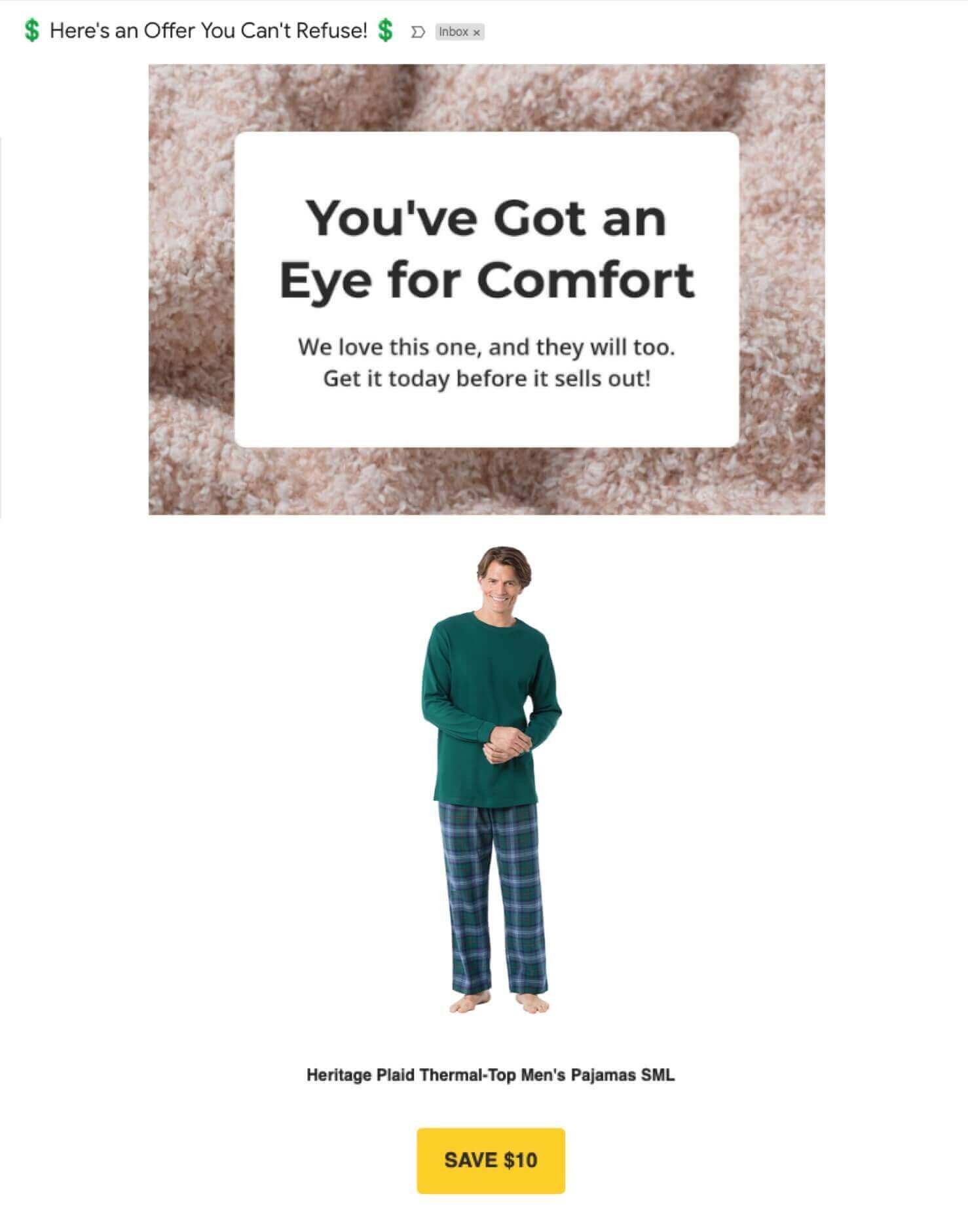










Add a Comment